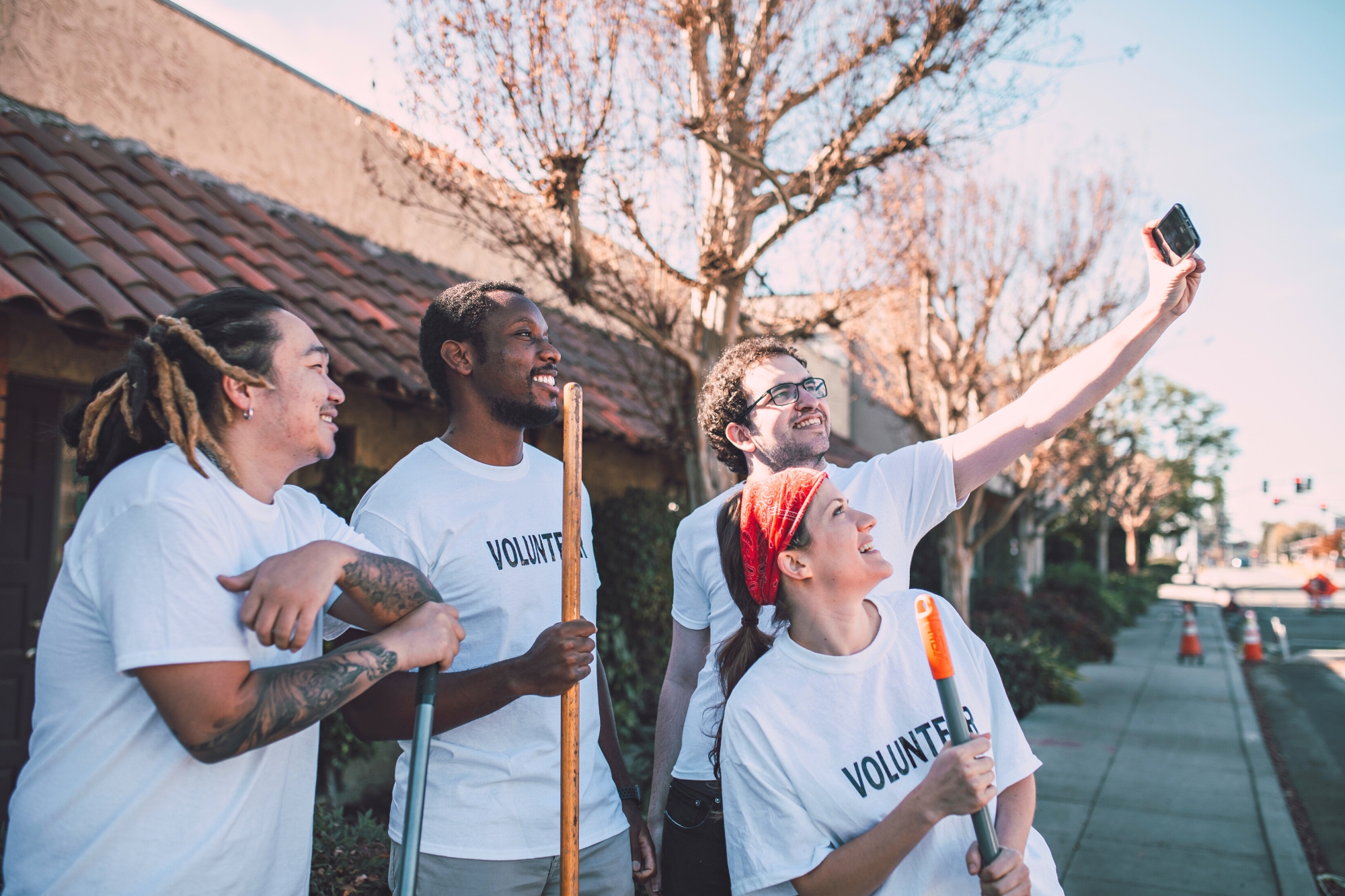Donor Stewardship: 5 Ways to Build Donor Relationships
The term “donor stewardship” always strikes me as stuffy. My suggestion? Describe being a good steward of donors as building solid, lasting relationships with them.
Making connections through donor stewardship helps bring in larger gifts and more loyal donors, which can make it one of fundraisings most fruitful endeavors. Through donor stewardship, your efforts pay off in substantial ways, for example, when, thanks to the relationship you build, a donor who once gave $1,000 a year decides to increase her gift to $5,000.
Here are five ways to build relationships with your donors:
Step 1: Thank all your donors promptly and in a personal way.
The “Dear Donor” letter does not impress or inspire future financial support. As a donor, I want institutions I support to know me by name, realize how much money I gave and tell me, even if it is in fairly general terms, how that money is helping them do good. A thank you can take many forms. Donors don’t care if it is a letter, a notecard or a postcard. If they made the gift online, a thank-you by email is fine, as long as it is earnest. A thank-you video could even be fun to see. And if you really want to surprise and thrill a donor, have a board member, the executive director or better yet, a child who is learning to read because of a donation made to your literacy program, write a donor a thank-you note. And if the donation was a significant gift–let’s say $5,000 — don’t stop with cards or letters, call and thank the donor in person or even arrange to visit them.
Step 2: Now decide where to focus the rest of your efforts.
That $5,000 donation brings up another point. You can’t afford, in time or budget, to build deep relationships with every donor. The person who gives $25 every other year has less potential to become a larger contributor than the person who gives $1,000 a year or who has signed on for monthly gifts of $75. If I donate $25 to your nonprofit, I’m probably happy with a thank-you letter and a few updates from the organization throughout the year. Send me your newsletter and the annual report. Invite me to compete in your annual 5K fundraiser. But if I donate $1,000, I need more. Each organization has to decide what it will do to enhance relationships with donors at different levels. Basically, you have to look at donors who make substantial gifts, who give loyally or who have, you believe, the means and potential to do one, the other or both in the future.
There are many sample templates out there, created by nonprofits or nonprofit experts. I recommend you tweak one to fit your organization or take ideas from several and combine them to make your own spreadsheet or grid. This is a good time to involve your IT department; they will have ideas about how to mechanize the process so that you can keep up with when and how to reach out to these major donors. Sit down with staff to decide where to put the effort and what your stewardship efforts will include. There are many great ideas out there, but no organization has the time or money to do them all. So pick what will be most effective for your organization.
Step 3: Find ways to connect that delight and surprise
One way to expand relationships with major donors is by surprising them with an unexpected (small) gift or invitation. Perhaps you send a welcome packet to donors who give $500 or more. If your organization does its work in a brick-and-mortar facility, invite a donor in for a tour so they can see, firsthand, what their donation is doing to improve things. Our local Salvation Army runs a shelter for women and children with multiple services–housing, educational and recreational programs, medical and social services. Many a donor has been inspired to give more after seeing homeless families in a safe, secure space, getting assistance that will help them move to permanent housing and a more stable living situation.
Step 4: Keep those cards, letters and emails flowing
Find ways to keep communication frequent and flowing with major donors. A card that marks the one-year anniversary of their last gift or a card that reminds them they just celebrated a decade of giving to your organization make it clear they are important to you. Through all of your donor stewardship efforts, you will get to know these supporters better, learning about their hobbies, interests and families. Knowing someone at that level opens opportunities to send links to stories you read that they might be interested in, book and movie recommendations or news about events that they might want to attend, whether it be a lecture by a noted speaker or a performance by a well-known opera singer.
Step 5: Get donors more involved
Getting donors more involved can be as simple as reaching out to a few of them by phone each week to seek an opinion or feedback on an issue that faces your institution or to fill them in on a new grant your organization received and how it will be used. You can invite major donors to attend a board meeting or host a luncheon where they and your volunteers are honored. Hearing about the organization from a volunteer’s perspective can give them a deeper perspective of your work. You can also ask a donor to volunteer for the organization, perhaps by leading a committee or chairing a fund-raising event.
The payoffs of donor stewardship can be huge
Donor stewardship has so many upsides that it is surprising that some nonprofits put little effort into building these important relationships. It costs far less to convince current major donors to continue or increase their support than it does to find new donors. And, as you build personal relationships with these important people, you and your organization will become increasingly comfortable asking them to do more.
If you’d like to talk about some ways you can boost your donor stewardship program, by communicating with them more through direct mail, annual reports and email messaging, give us a call.
Interested in how Bluegrass can help?
See what we can do.
You may also like...





